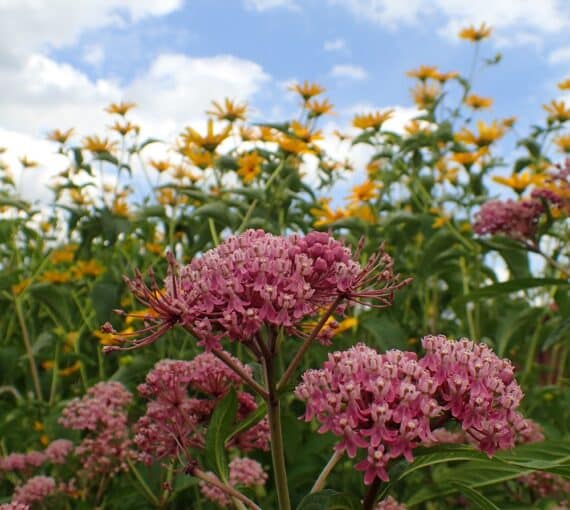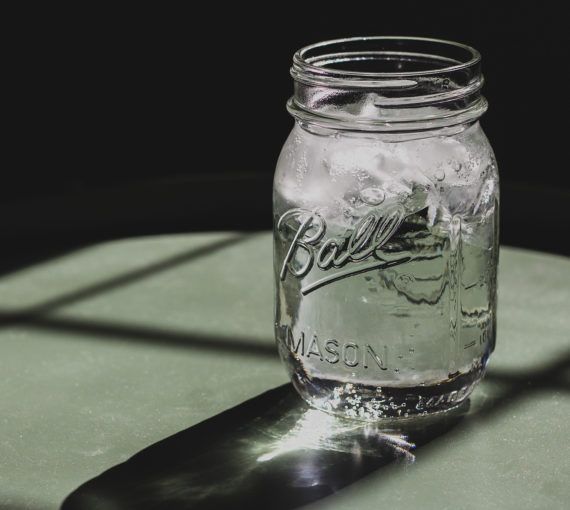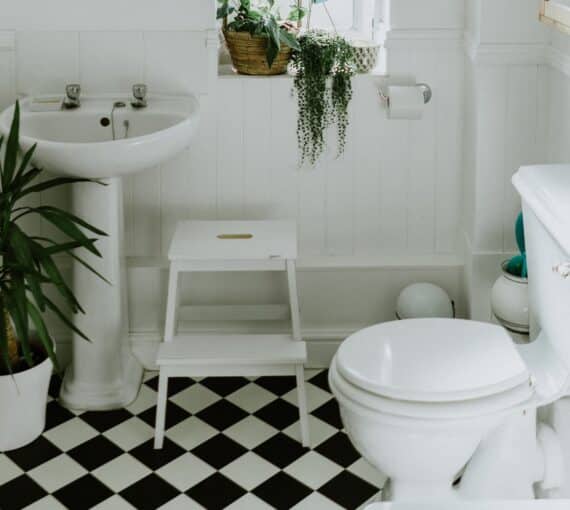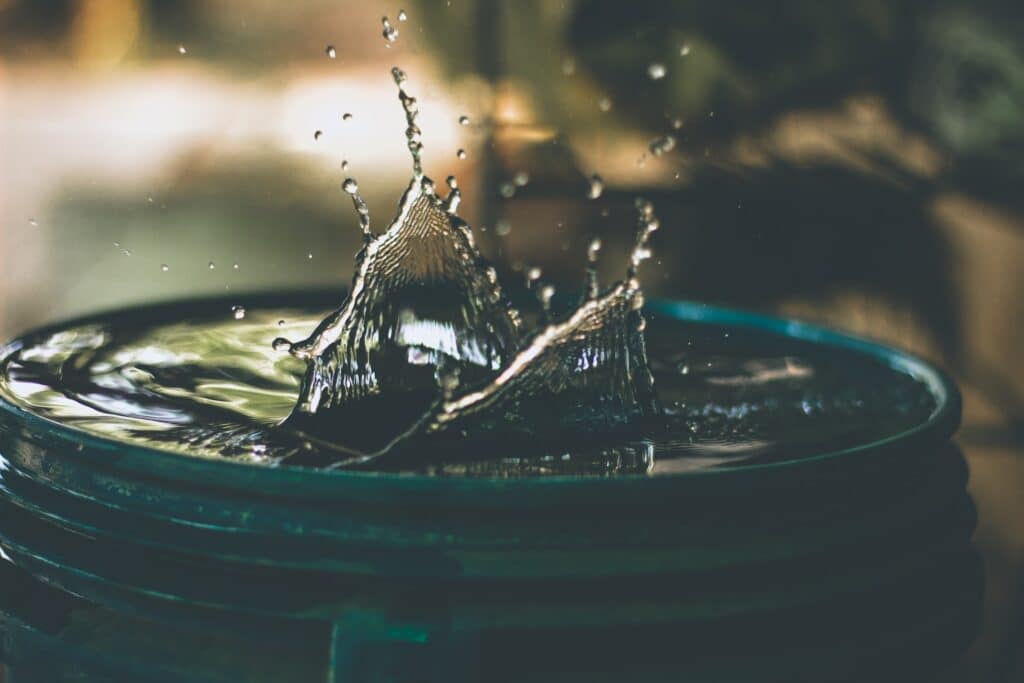
Collect and reuse rainwater. Install a rain barrel or large rainwater harvesting system in your garden. Use the collected rainwater for watering plants, cleaning outdoors or even flushing toilets. (Photo: Amritanshu Sikdar via Unsplash)
Water is essential for all life on Earth. With intensifying pressure from industry expansion, increasing development, population growth and the climate crisis, water scarcity has become a global concern.
It’s crucial to conserve water as part of daily green lifestyle habits, even if your community isn’t affected by water advisories or facing water scarcity.
Why?
- Water is a finite resource. Conserving it ensures its availability for future generations.
- Excessive consumption can strain local water sources and ecosystems. Conserving it reduces the need to extract, treat and distribute it, minimizing environmental impacts of these processes.
- Water-saving habits help build resilience to future water shortages, drought conditions or unexpected water-related challenges.
- Reducing consumption means less wastewater, which helps maintain water quality in rivers, lakes and the ocean, and preserve aquatic ecosystems.
We should do everything possible to conserve water, but avoiding massive shortages of clean water will take concerted action at all levels of society.
David Suzuki
Canada’s water crisis
Canada is known for its abundant freshwater, yet many regions and communities face significant water-related issues. Not everyone here has equal access.
Canada has more than 20 per cent of the world’s surface freshwater, but many Indigenous and remote communities are still on boil-water advisories. Some have been in place for more than 25 years.
Water scarcity and inadequate access to clean drinking water on Indigenous reserves in Canada is an ongoing and pressing environmental and human rights issue that’s deeply intertwined with the legacies of colonization, dispossession and discriminatory policies. If you can, take your water conservation efforts a step further by participating in campaigns that raise awareness about this and demand justice.
Extended periods and increased intensity of droughts and floods are ramifications of climate change and have also affected water levels and water infrastructure for many communities in Canada.
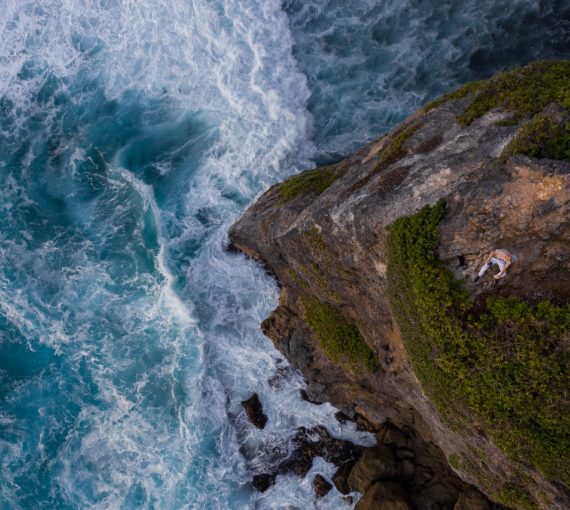
Water runs through the climate crisis
Sometimes there’s too much water; sometimes not enough. Global heating has made everything less predictable and often more extreme. This is especially evident with water.
Tips to reduce water usage in each area of your home
Only thermal-electric power generation and manufacturing consume more freshwater than combined households in Canada. This makes home a great place to start conserving. Collective individual action can make a big difference! Adopt new water-use habits. Start with small changes in every room.
Bonus: You’ll save money on your water bills!
In the bathroom
- Turn off the tap when brushing your teeth, shaving, lathering your hands or washing your face. Only turn on when needed.
- Take shorter showers. Play your favourite two- to three-minute song to keep track of time and have fun.
- Have a cold water shower. It uses less energy and is good for you!
- Install water-saving shower heads and low-flush or dual-flush toilets.
- Use a bidet instead of toilet paper. (Bidets use far less water than what’s needed to produce toilet paper.)
- Check for leaks and drips in pipes.
- Hang towels to dry instead of washing after every use.
In the kitchen
- Use the dishwasher instead of handwashing (if you can). A common myth is that handwashing uses less water.
- Run full dishwasher loads. Optimize loading to maximize space and ensure proper cleaning.
- Take food out of the freezer early to thaw rather than running water over it.
- Keep a jug of water in the fridge so you don’t have to run the tap to get it cold.
- Soak sticky pots and pans overnight.
- Don’t let the faucet run when rinsing dishes, vegetables or fruit. Use a stopper or a basin of clean water.
- Use cooking methods that require less water than boiling a full pot, such as a steamer, pressure cooker or cooking pasta in sauce instead of separately. Find creative reuses for leftover cooking liquids.
- Install aerators on faucets. They mix air with water, reducing the flow rate without compromising water pressure.
- Install water-efficient appliances. When purchasing dishwashers and refrigerators, look for models with high water-efficiency ratings. Energy Star–certified appliances often come with water-saving features.
- Check for leaks and drips in pipes.
In the laundry room
- Wear clothes more than once.
- Wash only full loads.
- Adjust washing machine water levels to avoid excessive usage for smaller loads.
- Choose shorter wash cycles.
- Pre-treat stains.
- Upgrade to a high-efficiency washer.
- Check for leaks and drips in pipes.
- Collect rinse water (if you can) and reuse it to wash the floor.
- Use eco-friendly laundry detergents (or make your own!). They minimize water pollution and require less water for effective rinsing.
Outdoors
- Sweep driveways, sidewalks and steps rather than hosing them off.
- Avoid water toys that require a constant stream of water.
- When using a hose, control the flow with an automatic shut-off nozzle.
- Ditch grass.
- Choose native plants adapted to your ecoregion’s climate and require less water.
- Xeriscape.
- Group plants with similar water needs together to optimize irrigation.
- Utilize mulch around plants to retain moisture and reduce evaporation.
- Collect and reuse rainwater. Install a rain barrel or large rainwater harvesting system in your garden. Use collected water for watering plants, cleaning outdoors — even flushing toilets.
- Use smart irrigation techniques. Invest in weather-based irrigation controllers that adjust watering schedules based on local weather conditions. Install drip irrigation systems that deliver water directly to plant roots, reducing evaporation.
- Water plants in the early morning or late evening when temperatures are cooler, reducing loss through evaporation.
Water conservation tips when you travel
Reducing water consumption while travelling or visiting others is important for embodying green habits and inspiring and teaching others to do the same. In addition to what you do at home:
- Find sustainable accommodation. Look for eco-friendly options that prioritize water conservation and have implemented water-saving measures, such as low-flow fixtures.
- Respect local water resources and regulations.
- Reuse towels. Instead of leaving them to be changed daily, let housekeeping staff know you want to reuse them.
- Re-wear clothes. Wearing your clothes more than once will prolong your need to wash them.
- Use a portable water filter. Although water filtration doesn’t directly save water, it helps reduce demand for single-use plastic bottles and promotes green water habits.
Water conservation as a collective effort can have substantial environmental benefits. By using these simple, effective tips, you’ll contribute to a sustainable future — even inspire others. Invite your friends and family to join you in conserving water at home and wherever you go.

